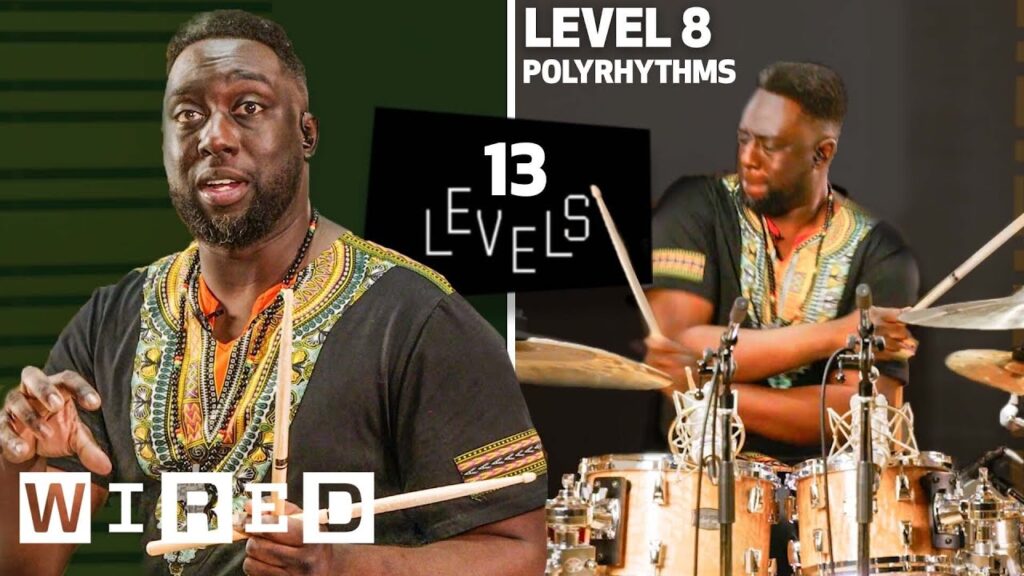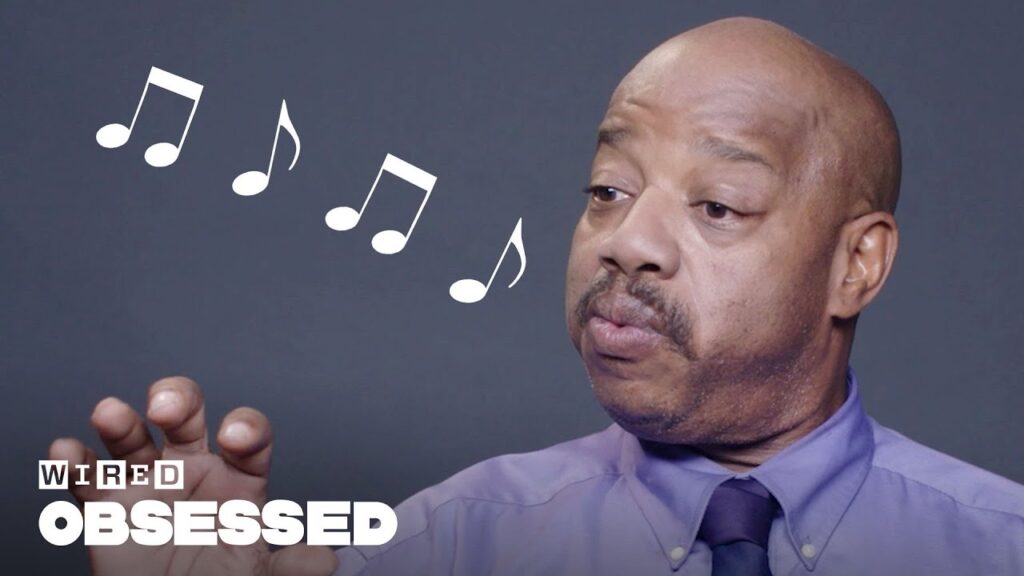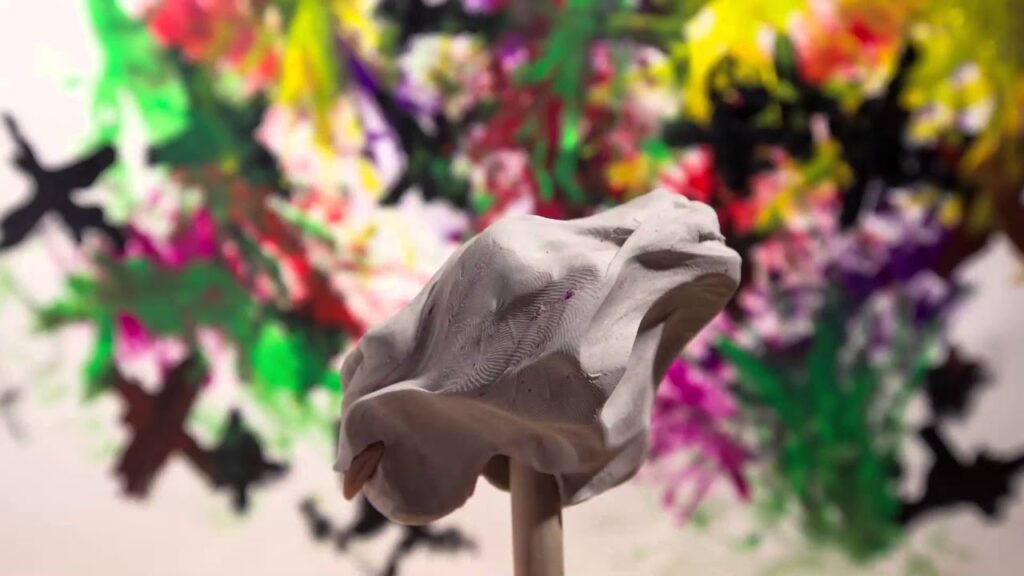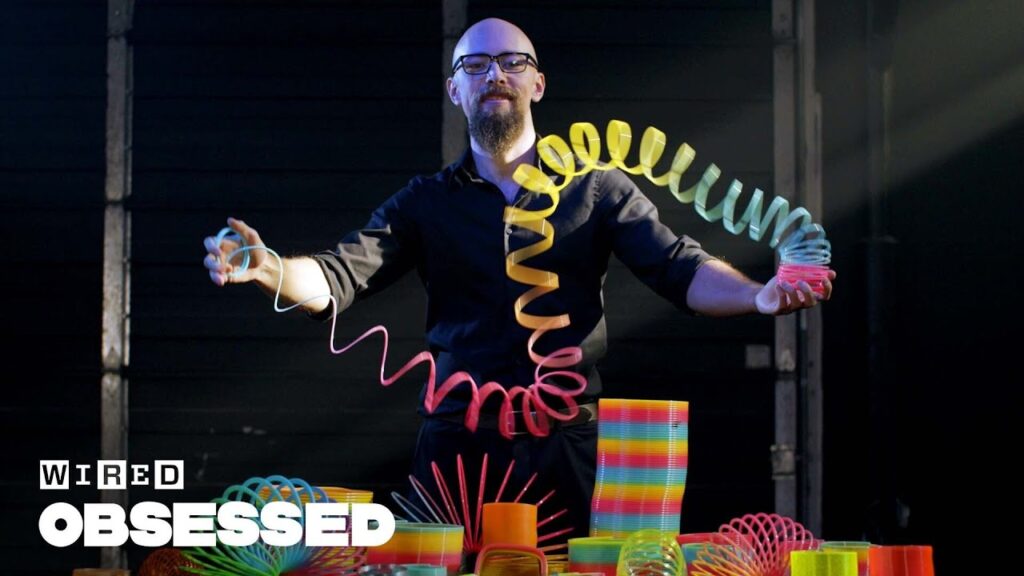AI in Hollywood’s Creative Workflow: An Interview with an Expert
Summary
AI is revolutionizing Hollywood’s creative workflow by automating time-consuming tasks such as rotoscoping and denoising. It is also being used for generative audio and style transfer to create synthetic content that mimics a human’s speaking style. Despite concerns about authenticity and misuse, the speaker believes that AI technology provides unique opportunities to focus on creative work.
Table of Contents
- Introduction: Explanation of AI’s role in Hollywood’s creative workflow
- How is AI being used for generative audio?: Explanation of AI’s ability to reproduce human speech in real-time.
- What is style transfer?: Explanation of AI’s ability to apply certain delivery features to a synthetic or target voice.
- Is AI taking over jobs of talented artists?: Explanation of how AI technology is providing new opportunities to focus on creatively meaningful tasks.
- What are the concerns with deep fakes and AI technology?: Discussion of potential misuse and importance of educating the public about thinking critically about consumed content.
- Conclusion: Recap of key points and the potential of AI technology in the creative industry.
Introduction
AI technology is playing a significant role in Hollywood’s creative workflow by taking on tedious and uncreative tasks. The technology can quickly take care of tasks like denoising, rotoscoping, and motion capture tracking removing, and is improving each year. By alleviating these menial tasks, AI is freeing up time for talented artists to focus on more creatively meaningful tasks. In this interview, we will discuss how AI technology is changing Hollywood’s creative workflow with an expert in the field.
How is AI being used for generative audio?
AI has been used for generative audio, which is reproducing human speech in real-time with a particular voice, style, tone, and delivery. This technology is part of a broader field called text to speech synthesis or TTS. TTSs have been around for a long time, but they have been historically inaccurate and unrealistic. With AI technology, TTSs can now produce speech that is almost indistinguishable from human speech.
What is style transfer?
Style transfer is the ability for AI to extract specific features from a delivery and apply them to a synthetic or target voice. For example, AI can extract a person’s speaking style from recorded content and apply it to synthetic speech or translate spoken language from one accent to another. This technology is incredibly useful in scenarios where a specific voice or accent is required, but it is not physically present.
Is AI taking over jobs of talented artists?
AI technology is not taking jobs away from skilled artists. Instead, it offers unique opportunities for artists to focus on more creative work. For example, if an artist doesn’t have to waste time cleaning up noise in recordings, they will have more time to focus on writing and storyboarding. AI technology’s ability to handle monotonous tasks and generate realistic content translates into more opportunities for artistic expression.
What are the concerns with deep fakes and AI technology?
The rise of AI technology has created concerns about authenticity and the possibility of deep fakes. Deep fakes refer to situations where AI technology can manipulate recorded content to create synthetic content depicting something that did not occur. As a result, it can be tough to distinguish between real and fake content for both the media and audiences. It is crucial to educate the general public on how to be critical consumers of content and think carefully about what they see and hear.
Conclusion
AI technology is revolutionizing Hollywood’s creative workflow, allowing artists to focus on more creative work. Additionally, generative audio and style transfer are providing new ways to produce synthetic content that mimics human speech. While concerns about authenticity and the possibility of deep fakes exist, it is crucial to educate the public on how to be critical consumers of content. AI technology has the potential to create new opportunities in the creative industry, and the speaker believes that it will continue to improve each year.







